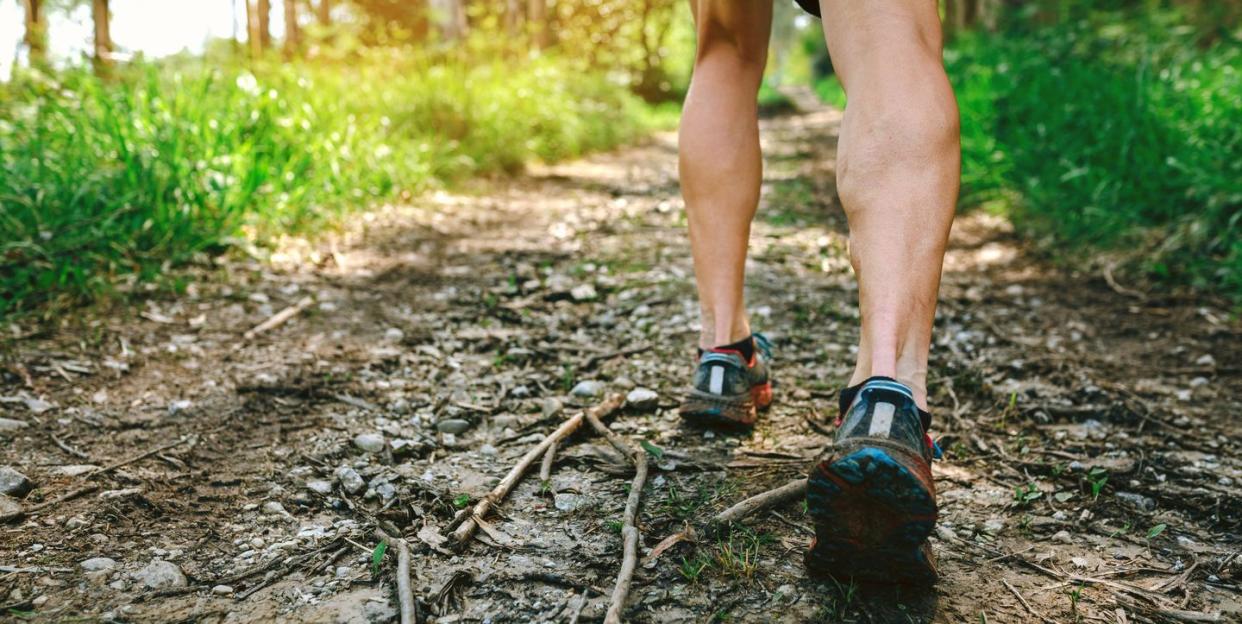Walking Backwards Is the Latest Fitness Trend, but Does It Have Legs?

In an era where new fitness trends pop up almost daily (think the 12-3-30 workout or the 75 Hard challenge), one movement is turning heads – quite literally. Walking backwards, an idea that sounds like something out of a comedy skit and seems to defy common sense, is gaining traction online and in the health world for its many health benefits.
Influencers and fitness pros swear by this unconventional workout, sharing their reverse strides on Instagram and TikTok. The activity has sparked a community of enthusiastic followers, who swear by the many health benefits it offers. But should you be hopping on to this trend?
Benefits of Walking Backwards
The benefits are more than superficial. According to research, walking backwards engages parts of our body often neglected in our forward-focused world – think calves, quadriceps and shins – resulting in improved muscle balance and joint stability. For those who suffer from knee pain, this reverse motion eases joint strain, offering a low-impact alternative that still packs a punch in terms of strengthening legs and enhancing endurance.
Walking backwards can also benefit your balance and coordination. It forces the brain to adapt to new movement patterns, boosting cognitive function. This means you’re not just working out your body but also sharpening your mind, improving focus, and enhancing spatial awareness.
Cardiovascular benefits shouldn’t be overlooked, either. The effort required to maintain balance and navigate in reverse can elevate your heart rate just as effectively as forward walking, giving you a robust aerobic workout in a few steps.
While it might seem like just another TikTok craze, walking backwards actually has ancient roots. According to the history books, walking backwards has been part of cultural rituals and martial arts training for centuries, particularly in East Asia. These traditions have long recognised the holistic benefits of moving in reverse, from physical fitness to mental clarity.
Looking to put this trend on trial? Incorporating backward walking into your daily routines is easier than you think. Start on a flat, safe surface to get a feel for the motion. As you get more confident, integrate it into your walks or even treadmill sessions.
You Might Also Like


